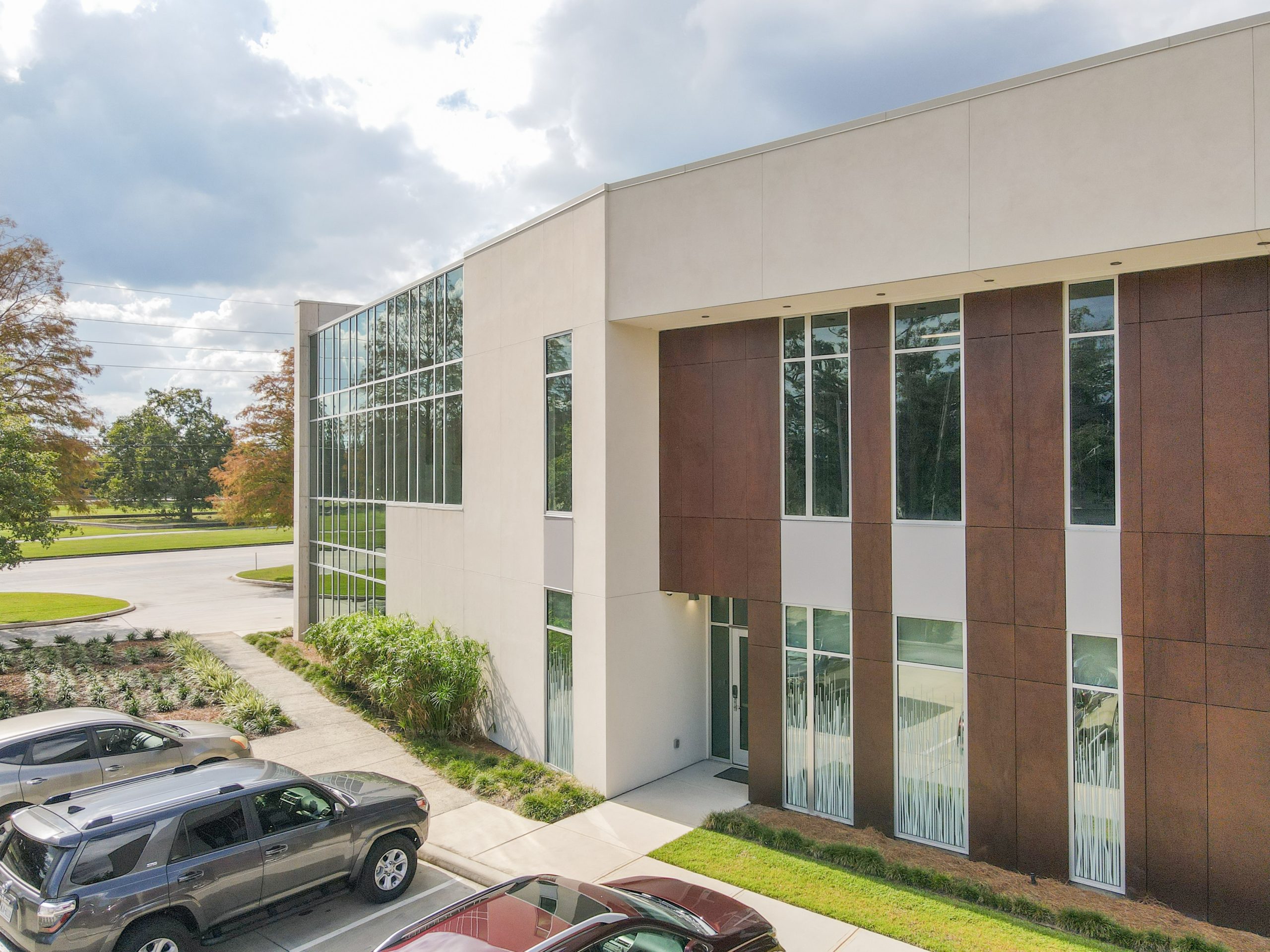The Rise of AI-Powered Geospatial Analytics for Property Condition Assessments

The same AI-based technologies transforming valuation models in residential real estate are coming to commercial property condition assessments (PCA) at a pivotal moment for the sector. This post will look at how property condition assessments are conducted today—and how a new generation of AI-powered geospatial analytics can dramatically enhance the value of property condition reports.
To understand how PCAs are evolving, it’s important to start by first asking:
What Are Property Condition Assessments Today?
Property condition assessments are associated with the due diligence involved in investing, financing, maintaining, or evaluating commercial real estate. Like home inspections in the single-family residential market, property condition assessment reports provide a professional evaluation of the physical condition of an office building, a factory, a multifamily housing complex, a mall, or other CRE property—including any current or potential deficiencies and potential expenditures associated with a site. With competition heating up in some classes, property condition assessment consultants are looking to AI-based technologies that can supplement their reports with high-value insight for their clients.
CRE in a Time of Transition
The COVID-19 pandemic chucked a Molotov cocktail into certain commercial asset classes (office buildings, malls, hotels) and blew kisses to others (shipping & logistics facilities, multifamily housing). But with the world reopening in fits, starts, and still more fits, where do things go from here?
Will employees finally return to downtown office towers or remain locked in eternal Zoom meetings? Will e-commerce and home delivery continue to ascend, or will consumers return to the galleria—or cineplex—en masse?
Successful investment, lending, and portfolio management requires as much information as possible, as early as possible, in the decision-making process. Whether it’s a red-hot asset class, or one that may or may not be set for rebound, a hi-fi understanding of the condition of a property, as well as emerging market trends, are a must.
Property condition assessment reports play a critical role in managing risk and optimizing investments. And thanks to advances in AI technology, the best will increasingly go beyond just the property itself to offer insights on the impact of emerging trends that are otherwise very difficult—if not impossible—to identify.
The Critical Importance of PCAs
What is the current condition of the property? Does it need to be brought up to code? Will the facility need to be expanded? Will you be changing its use? What attributes could require additional repairs or renovations? And how much will all of these factors cost?
A well-researched, high-quality PCA is foundational for investors and lenders to make informed transaction decision. Banks often require PCAs because any potential issues could affect the value of the property, or the ability of the borrower to pay the mortgage. And investors often use PCAs as a negotiation tactic if extensive replacement or repair is required on the property.
What Does Conducting a PCA Involve?
Generally speaking, PCAs are done in accordance with the ASTM Standard E2018-15, which lays out the baseline for scope and components of a PCA, as well as the qualifications of consultants who conduct them. It’s not uncommon for engineering firms to specialize in design and project management services, structural inspections, forensic investigations of building components, as well as conduct property condition assessments. Depending on the complexities of a specific property, PCAs can cost as much as $10,000 or more.
How Can AI-based Geospatial Analytics Enhance the Value of PCAs?
Augmenting PCAs with AI-powered insights can give consultants a higher-fidelity understanding of the property than on-site inspections or even the Phase 1 Environmental Site Assessments (ESA) that are usually conducted in parallel with PCAs.
Generally speaking, these geospatial analytics-based solutions leverage high-resolution aerial imagery and computer vision to extract structured data from the imagery. This includes inspection-quality details on the type of roof and its condition (which is shown to be a highly-reliable proxy for the underlying structure) not just of the subject property, but also of every property in the vicinity—as well as city- or region-wide—over time.
Insights on emerging trends can point to changing demographics or traffic patterns impacting current and long-term valuation and risk for a supermarket, mall, or stadium—or point to potential zoning changes affecting plans to expand a manufacturing facility. The most robust solutions on the market can even offer insight on the evolving impact of climate change—rising sea levels, increased wildfire risk, flooding and wind-related factors—on the property.
Instant, On-Demand Property Intel
When integrated with existing workflows via API, this kind of continuously-updated property intelligence can supplement PCAs with unique insights that provide considerable lift to valuation and risk models. In the residential market, they’ve been shown to dramatically improve the predictive value of internal analytics as well.
Together with ValPro+ and Weiss Analytics, the team here at CAPE helped create the first automated home valuation engine (AVM) that leverages geospatial imagery and AI to integrate current home conditions into valuations. So far, the engine has shown a 7.7% improvement in PPE10 predictions of on-market valuations. And insurers have long relied on our commercial property intelligence to make better, faster, smarter underwriting decisions.
With results like that, don’t be surprised if CRE investors, lenders, and others start hunting for PCA consultants who enhance their property condition assessments with high-quality, AI-powered geospatial analytics.
Aggregate Statistics Created Using Data Produced from Nearmap Imagery

